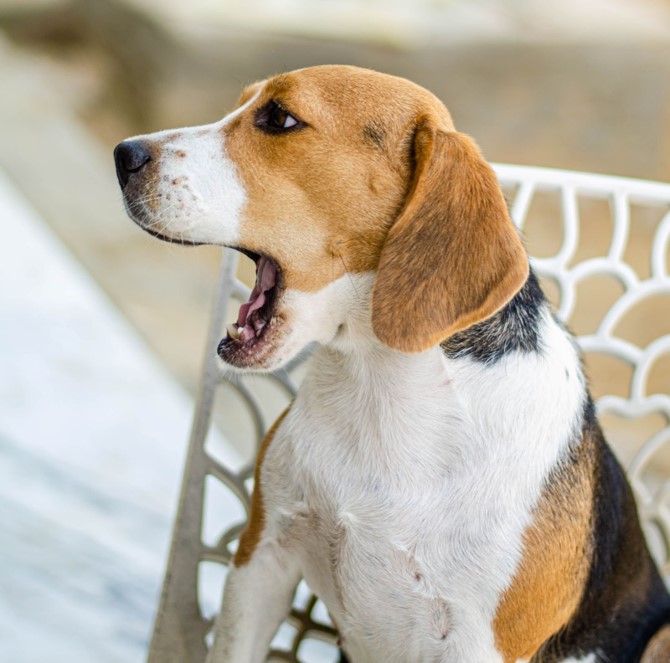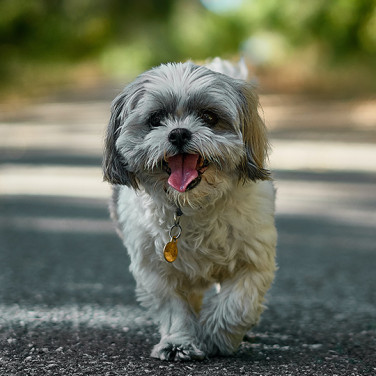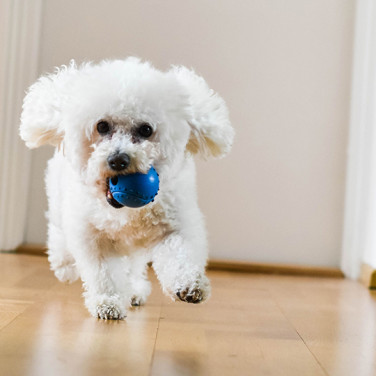ARTICLE
How to Clean Your Dog’s Teeth for the First Time
페이지 정보
본문
Oral hygiene for our furry friends helps maintain their quality of life for longer. Dental disease is prevalent and can impede your pet's health. These complications can lead to serious conditions that affect your dog's kidneys, liver, and heart. Learning how to properly care for your dog's oral hygiene can help them live a longer, healthier life.
It is recommended to consult with your vet before cleaning the teeth of certain breeds due to poorly aligned jaws.
How to brush your dog’s teeth
- Use a dog-appropriate toothbrush, or if in a pinch, an unused toothbrush with soft bristles works fine. On the other hand, human toothpaste does not opt well for dogs, so purchase a dog toothpaste that tastes great. Offer them a sample to lick, and if they enjoy it, you have found yourself a winner!
- Next, touch your pet's teeth and gums without brushing and see how your pet reacts. If you can do this step, you can move along to brushing without any interruptions or risk of biting.
- This step requires a bit of praise and reward, as you'll begin to touch the bristles to the front, side, back, top, and bottom of your dog's teeth. Continue praising them along the way for being patient.
- Show them the toothpaste and the act of putting the toothpaste on their toothbrush and begin brushing the top teeth while holding their upper lip up. You want to start from the front of their teeth and move to the sides and back. Continue praising each step from now for tolerating these steps.
- Do the same for their bottom teeth while holding their bottom lip down. Don't forget to praise them for their patient behavior!
- It may be more difficult to brush the insides of their teeth but ensure you are brushing gently and continue brushing the remaining surfaces slowly. If you dog begins to become impatient, it is okay to attempt to finish brushing the insides of their teeth when they are calmer.
- and lastly, praise and reward them for the last time. You want to make this experience a positive one, so reinforce with a treat or a dental chew!
Congrats! You did it, and with practice, this process will be quick and painless for both you and your pet!
Q. Is giving my pet dog gum or mouthwash enough?
The simple answer is NO.
Dog gum or mouthwash can help manage clean oral hygiene, but ultimately you can't completely remove the plaque from the dog's teeth using these products. Due to the small size of your dog's teeth and the location of their molar teeth, brushing is the only way to clean the plaque off thoroughly.
Q. How often should I brush my dog's teeth?
It is best to brush your dog’s teeth at least once a day, but if time does not allow it, you must brush your dog’s teeth three times a week.
Q. What happens if I do not practice healthy oral hygeine habits for my dog?
Poor oral hygiene can cause tartar to accumulate and cause inflammation in their gums. This is called periodontitis, and your dog may begin to feel a lot of pain, which will lower their quality of life by making chewing a difficult and uncomfortable activity. If this continues to get ignored, your dog may create an aversion to food and refuse to eat, which will cause more serious conditions. In this case, tooth extraction surgery and other procedures may be necessary.
For senior dogs, it is essential to relieve stress by eating balanced meals, and periodontitis can make it difficult for them to receive the nutrients and stress relief they will need. It is recommended to begin brushing your dog's teeth during puppyhood to get used to this healthy ritual and prevent any potential health risks of poor oral hygiene.
Q. How do I find out if my dog has a periodontal disease?
If your dog shows the following symptoms, you may suspect periodontal disease:
- Bad breath
- Bleeding from the gums
- Change in behavior in an introverted or aggressive manner alongside one of the first two symptoms.
- Reluctance to eat food or treats.
- Doesn't bite on or play with their toys.
If your dog shows one or more of these symptoms, it is best to contact a veterinarian about periodontal disease.
Use Buddydoc's Symptom Checker to enter more details about your dog's symptoms and check your dog's condition right away.
Don’t worry, Buddydoc will always help protect your dog's health! (●'◡'●)✧













